


2009 by Joe McFarland and Gregory M. Mueller
All rights reserved Printed in Korea by
Tara Printing through Four Colour Book Group
P 5 4 3 2 1
 This book is printed on acid-free paper.
This book is printed on acid-free paper.
Library of Congress Cataloging-in-Publication Data
McFarland, Joe, 1963
Edible wild mushrooms of Illinois and surrounding
states : a field-to-kitchen guide / Joe McFarland and Gregory M. Mueller.
p. cm.
Includes index.
ISBN 978-0-252-07643-5 (pbk. : alk. paper)
1. Mushrooms, EdibleIllinoisIdentification.
2. Cookery (Mushrooms)
I. Mueller, Gregory M. (Gregory Michael)
II. Title.
QK605.5.I3M34 2009
579.6'163209773dc22 2008040179
To the late Eugene Scheuring,
who generously took his grandson hunting
for wild mushrooms just once.
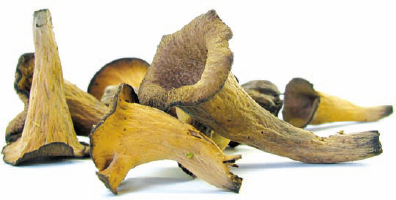
Contents
How to Find, Identify, and Understand Wild Mushrooms
Mushrooms grow everywhere. Heres how to start finding and identifying the best ones to eatand how to bring them to the table.
A Few Toxic Mushrooms
Poisonous mushrooms grow everywhere in Illinois. Before you pick and eat any wild mushroom, learn to recognize toxic species.
Mushrooms Found with Trees
Edible mushrooms often grow on or around living and dead trees.
Morchella esculenta, Morchella elata, and Morchella semilibera
The most popular wild mushrooms in Illinois look like a sea sponge. There are three basic morel speciesplus several varieties.
Cantharellus cibarius, Cantharellus lateritius, Cantharellus cinnabarinus, Craterellus cornucopioides, and Craterellus foetidus
Yellow, black, orange, and redwildly popular chanterelles are a group of vase-shaped summer mushrooms that often grow near oaks.
Xanthaconium separans, Strobilomyces spp., and Gyroporus castaneus
These terrestrial mushrooms have pores on the underside of the cap. There are hundreds of bolete species; here are a few easy ones to identify.
Calvatia gigantea, Lycoperdon pyriforme, Lycoperdon perlatum, Calvatia cyathiformis, and Calvatia craniformis
You can stomp on them when theyre old, or eat them when theyre fresh.
Agaricus, Coprinus, Macrolepiota, and Lepiota
Wherever theres grass, look for these edible wild mushrooms.
Recipes and Advice for Cooking Wild Mushrooms
From simple fried morels to a champagne breakfast with fungi, fourteen great chefs from Illinois tell you how they get wild with mushrooms.
Preface
Is This Book for You?
This book is intended for beginners, but will also be of value to anyone interested in wild mushrooms. If youre a beginner, know that identifying wild mushrooms requires the ability to recognize certain distinctive features, such as a hollow interior or a blue cap. Although some mushrooms found in Illinois are tricky to identify, the mushrooms in this book should be easy for beginners.
For example, if you can recognize the obvious differences between a carrot and a pumpkinthat is, if their orange likeness doesnt confuse you or leave you unable to decide which is which, carrot or pumpkinthis book is for you.
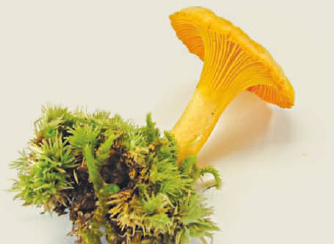
About This Book
There is no way to learn forty different edible mushrooms merely by flipping through this book. It cant be done. However, lets make the best of this unexpected disappointment. If you actually read this book and pay attention, you can learn how to recognize forty different edible mushrooms found throughout Illinois and surrounding states. The details will be explained to you shortly.
But please dont skip ahead. This is important.
We understand that some of you truly know nothing, or just a little, about wild mushrooms. Still, this is your book. We created this guide for you and everyone else who wants to learn which wild mushrooms in Illinois are safe to eat, which ones are poisonous, and how to cook the good ones.
Theres a real need for a field guide for amateur mushroom hunters in Illinois because there are so many people without much experience collecting and eating wild mushroomsand that, frankly, makes us a little nervous.
There are other ways to learn how to identify wild mushrooms. One could buy several different mushroom books and spend a few years memorizing those books, consulting professionals while constantly hunting for mushroomsand only then finally be able to confidently pick and eat fifteen or twenty different edible wild mushrooms.
But most people dont care to bother. And so we offer this little book for all of you: the shortcutters of Illinois, the skippers of instructions, the eager but impatientthe totally average, ordinary mushroom hunters of Illinois.
However, you must read this bookand we ask you to read it when you have the time to really pay attention, because this is serious. This is not a book for glancing. Identifying wild mushrooms isnt as simple as choosing one picture in a book, nodding at the accompanying words, and then heating a skillet.
We suspect youve already glanced through the pages ahead, and youve probably learned something from your preliminary browsing: this isnt a complete guide to all mushrooms known to exist. Its not even a complete guide to all Illinois mushrooms, since there are literally thousands of species out there. This book skips all of that additional information and describes here only what most people really want, which is free food.
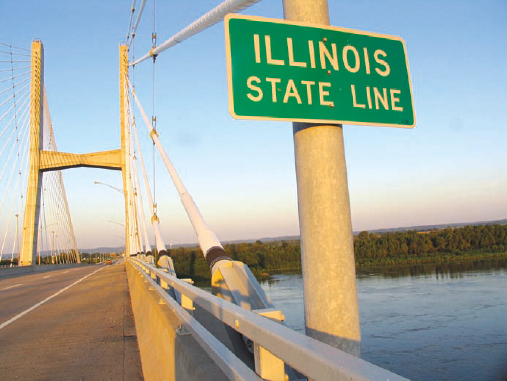
Other Places You Can Use This Book
Youve probably guessed that mushrooms found in Illinois might also occur in Iowa, Wisconsin, Indiana, Missouri, or Kentuckystates that border Illinois. Its true. For the most part, mushrooms found in Illinois also can be found in neighboring states. Not always, but almost always. If you happen to live near the Illinois border, this book doesnt become useless the moment you drive into Wisconsin or Missouri or Indiana or Iowa or Kentucky. For basic purposes, this could be a midwestern book.
But lets not stray too far. What this book gains in convenience, thanks to its focus on Illinois, it lacks in portability. This book isnt recommended for California, for example, because there is little overlap in mushroom species between Illinois and California. For instance, the poisonous Agaricus californicus is not known to occur in Illinois, and Lactarius indigo does not occur in the far western United States.
Fungi, like other living things, grow only in those habitats and climates in which theyve adapted to grow. When we say that a certain mushroom found in California has never been documented in Illinois, thats in large part because the environment of Illinois does not match the environment of California. Theyve got a coastline bordering a saltwater ocean; weve got Lake Michigan. Theyve got giant redwoods; weve got sugar maples. You get the idea.

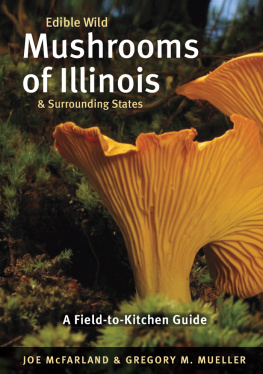

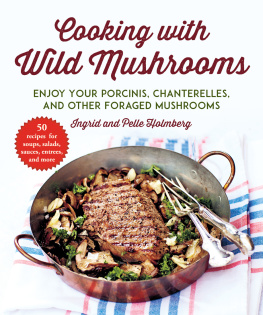
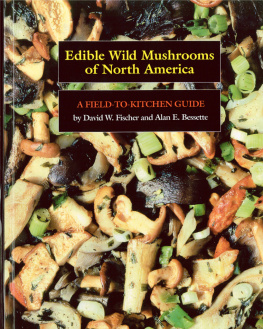
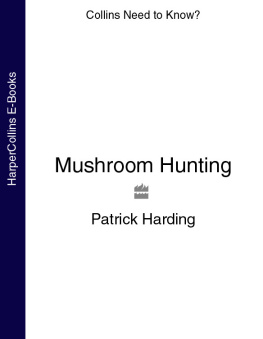
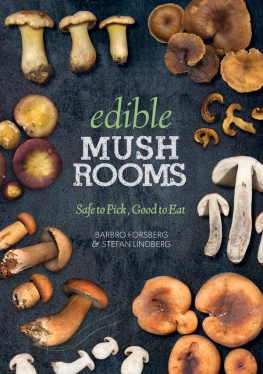
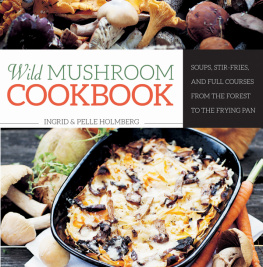
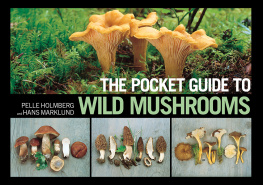
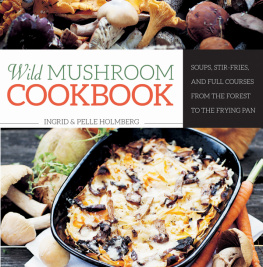
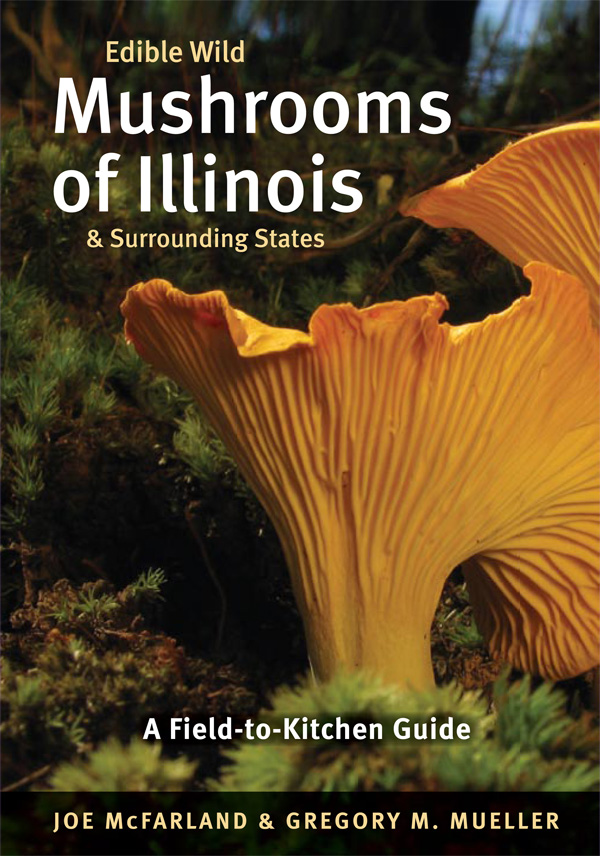



 This book is printed on acid-free paper.
This book is printed on acid-free paper.

